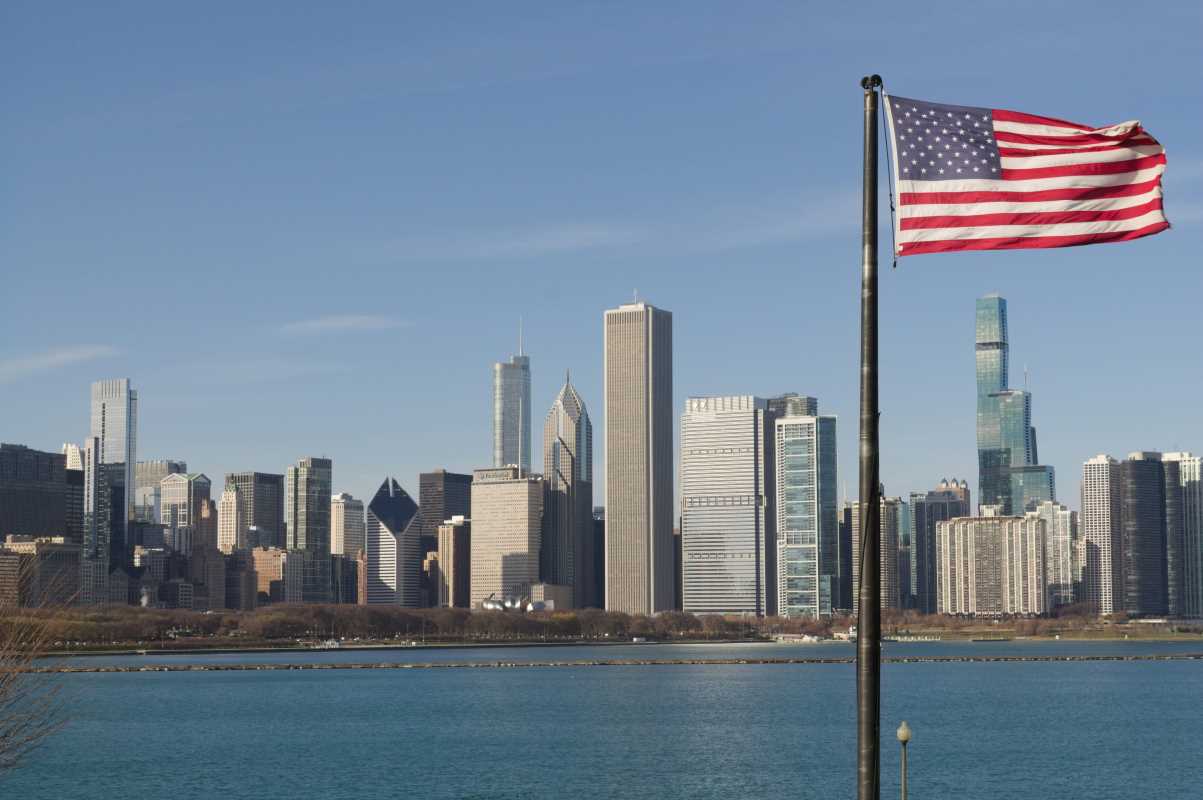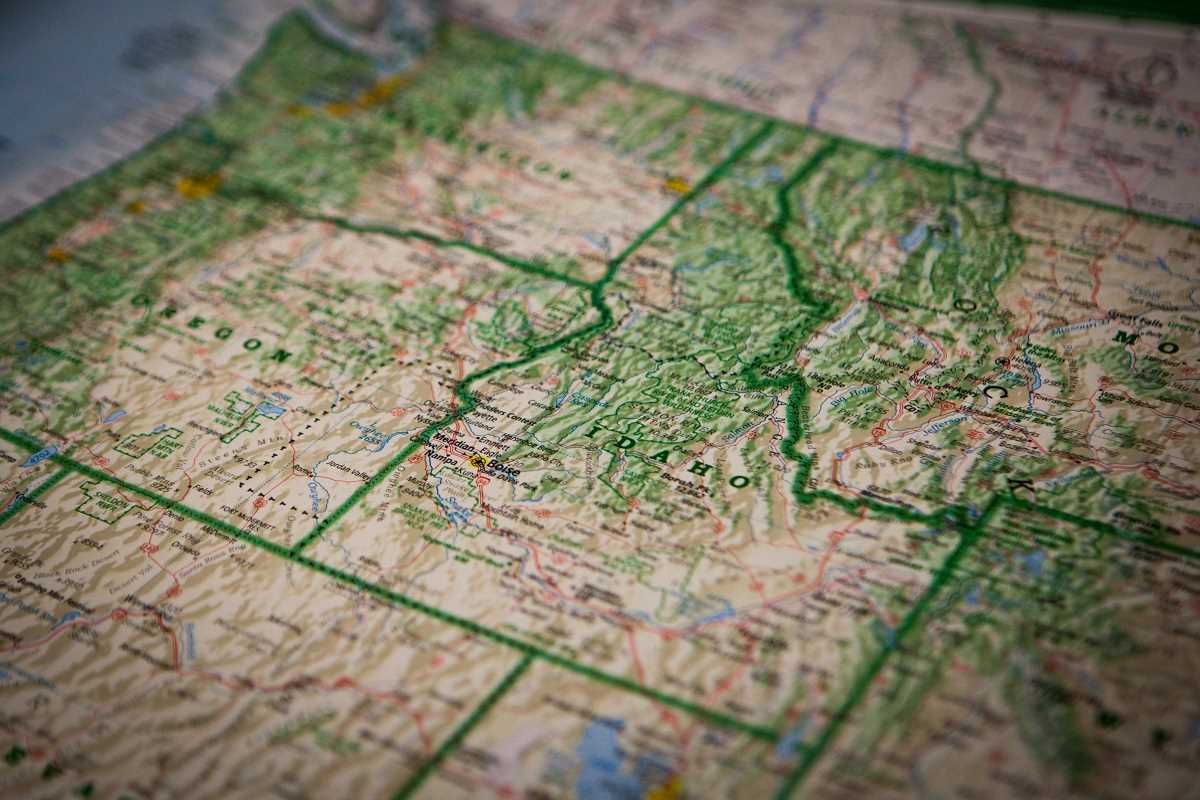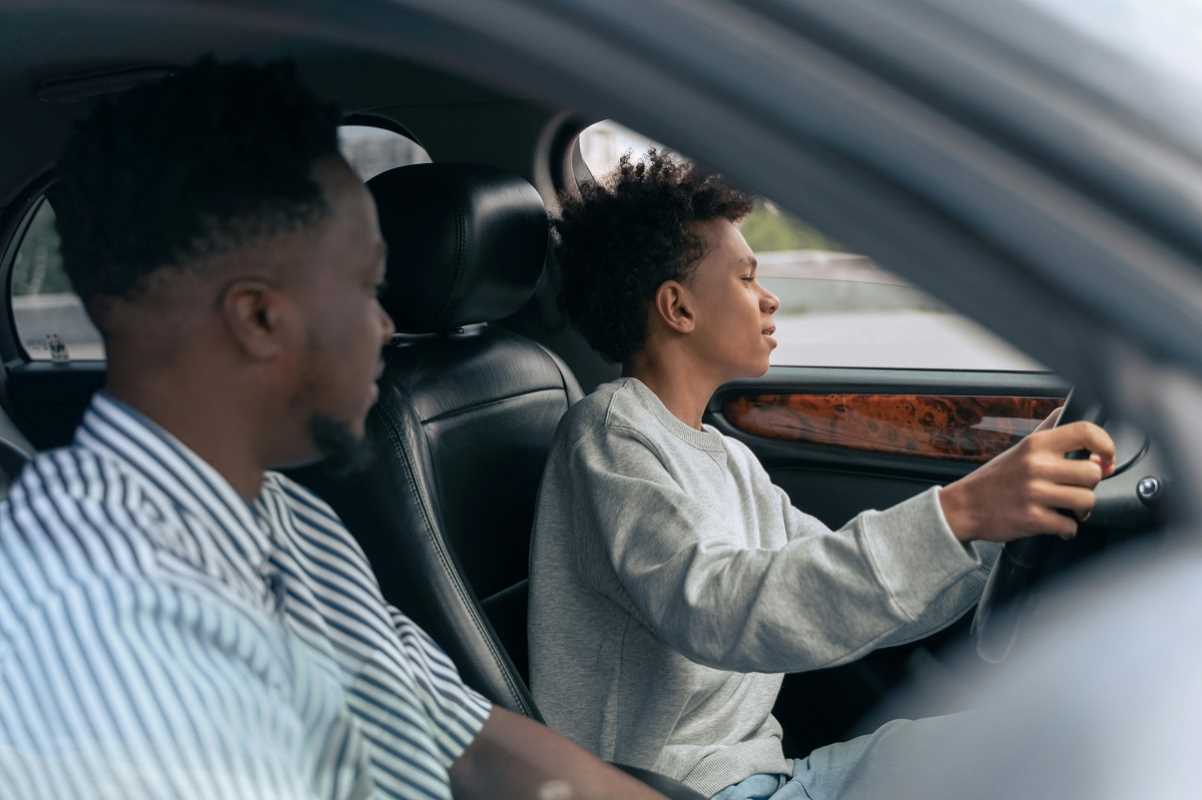Traffic accidents are an inevitable part of daily life in cities across America. However, while all metropolitan areas experience their fair share of mishaps, some cities are significantly more dangerous for drivers, pedestrians, and cyclists alike. Whether it’s due to infrastructure issues, hazardous weather conditions, or risky driving behaviors, certain cities stand out for having some of the highest accident rates nationwide. This article explores these cities, providing statistics and insights into what makes them dangerous, while examining ways to improve safety for their residents.
Top Cities with the Highest Accident Rates
1. Memphis, Tennessee
Memphis tops the list of America’s most dangerous cities for traffic accidents, with 25.96 fatalities per 100,000 residents in recent years. Poor road design, high traffic volumes, and risky driving behaviors contribute significantly to Memphis's soaring accident rates. Reports indicate that the city's roads are narrow and lack sufficient traffic flow management to accommodate its population.
Key Issues:
- Memphis was noted as having the "worst driver behavior" in a Forbes analysis. Frequent speeding, tailgating, and distracted driving contribute to the problem.
- Limited funding for road infrastructure maintenance worsens the conditions, with degradation outpacing repairs.
2. Detroit, Michigan
Detroit, a city long associated with the automobile industry, ranks as the second most accident-prone city. The city records 21.47 fatalities per 100,000 residents, partly due to deteriorated roadways and high traffic density. Additionally, Detroit grapples with low compliance with traffic laws, which increases crash occurrences.
Contributing Factors:
- High accident fatality rates are linked to complex traffic flows and poorly functioning traffic signals, especially in aging neighborhoods.
- Ongoing economic struggles in parts of the city hinder investment in improving transportation infrastructure.
3. Albuquerque, New Mexico
With 18.11 fatalities per 100,000 residents, Albuquerque is another hotspot for traffic accidents. Unsafe driving behaviors, such as speeding and impaired driving, are frequently cited as root causes. Additionally, the vast network of rural roads leading into the city amplifies the accident frequency.
Why Albuquerque Struggles with Traffic Safety:
- Many crashes are related to drunk driving; New Mexico has consistently ranked high for alcohol-impaired accidents.
- Road designs lack adequate pedestrian-friendly features, making pedestrians particularly vulnerable in crashes.
4. Tucson, Arizona
Tucson faces similar challenges, with 17.02 fatalities per 100,000 residents. Despite its growing population, the city struggles with aging transportation infrastructure. Like many cities in the southwest, sudden flooding after rainstorms also contributes to increasing road hazards.
Factors Affecting Tucson:
- Extreme heat causes significant wear and tear on roadways, creating conditions ripe for accidents.
- Cyclists and pedestrians are disproportionately affected due to insufficient road-sharing infrastructure.
5. Jacksonville, Florida
Jacksonville has become a focal point for traffic safety concerns, recording 16.23 fatalities per 100,000 residents. Florida cities in general are known for higher accident rates caused by the combination of dense traffic, weather conditions, and the mix of elderly and inexperienced drivers sharing roads.
Examples of Risk Factors:
- Frequent storms and slick road conditions increase collision risks.
- High tourist traffic means more drivers unfamiliar with local roads, leading to confusion and misjudgment.
Contributing Factors Behind High Accident Rates
1. Driver Behavior
Analyzing these cities reveals that risky behavior, such as speeding and driving under the influence (DUI), plays a significant role in high accident rates. For instance:
- Memphis sees widespread distracted driving due to cellphone usage and lack of strict enforcement.
- Texas cities like Austin and San Antonio report high DUI rates, with drunk driving involved in over 70% of crashes in some cases.
2. Road Infrastructure
Poorly maintained or inadequately designed roads are another common factor in many high-risk cities. Deteriorating streets in Detroit and Memphis make driving hazardous, increasing the probability of crashes, especially for those unaccustomed to navigating these conditions.
According to a national study by Pew Charitable Trusts, state and local governments face a $105 billion funding gap for maintaining and improving roadway systems. This shortfall exacerbates risks for drivers in cities already struggling with dilapidated infrastructure.
3. Weather Patterns
Severe weather, such as heavy rain, snow, or flooding, greatly contributes to traffic hazards. For example:
- Jacksonville and Tampa deal with frequent tropical storms that result in slick roads and decreased visibility.
- Tucson experiences flash flooding during monsoon season, catching drivers off guard.
4. Population Density and Traffic Volume
Urban centers like Detroit and Memphis draw significant commuter traffic, which naturally correlates with a higher number of collisions. Vehicle congestion increases the likelihood of fender benders and large-scale accidents alike.
5. Insufficient Law Enforcement
Cities with limited enforcement of traffic laws often grapple with high accident rates. For example, Detroit struggles to adequately implement traffic safety campaigns, while cities like Albuquerque face challenges monitoring DUI incidents consistently.
Cities like Memphis, Detroit, and Albuquerque underscore the pressing need to prioritize traffic safety across the nation. These metropolitan areas face complex, multifaceted challenges that contribute to their high accident rates.
Sources for this article include data and insights from Anidjar & Levine Accident Attorneys, the California Office of Traffic Safety (OTS), and 1800TheLaw2.







